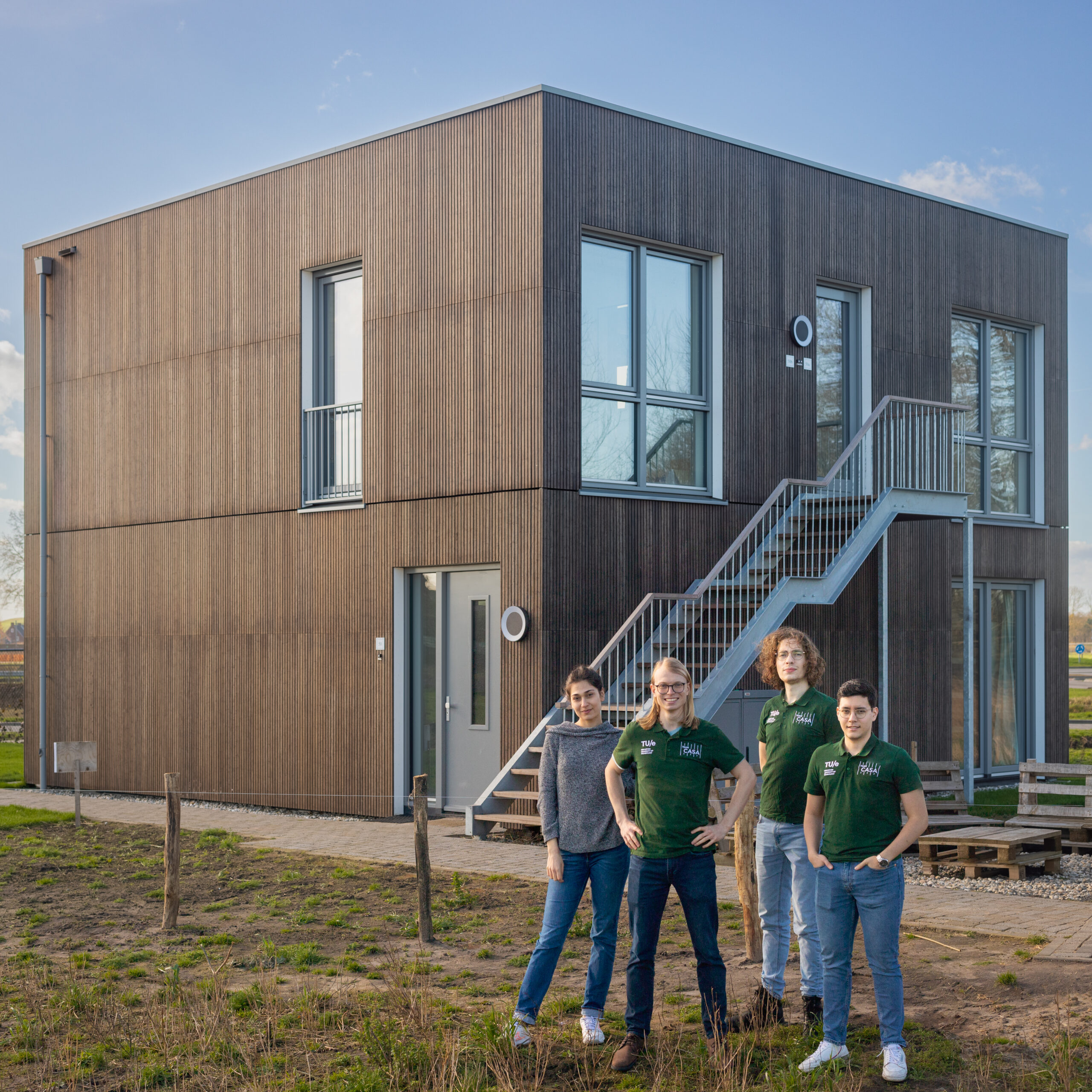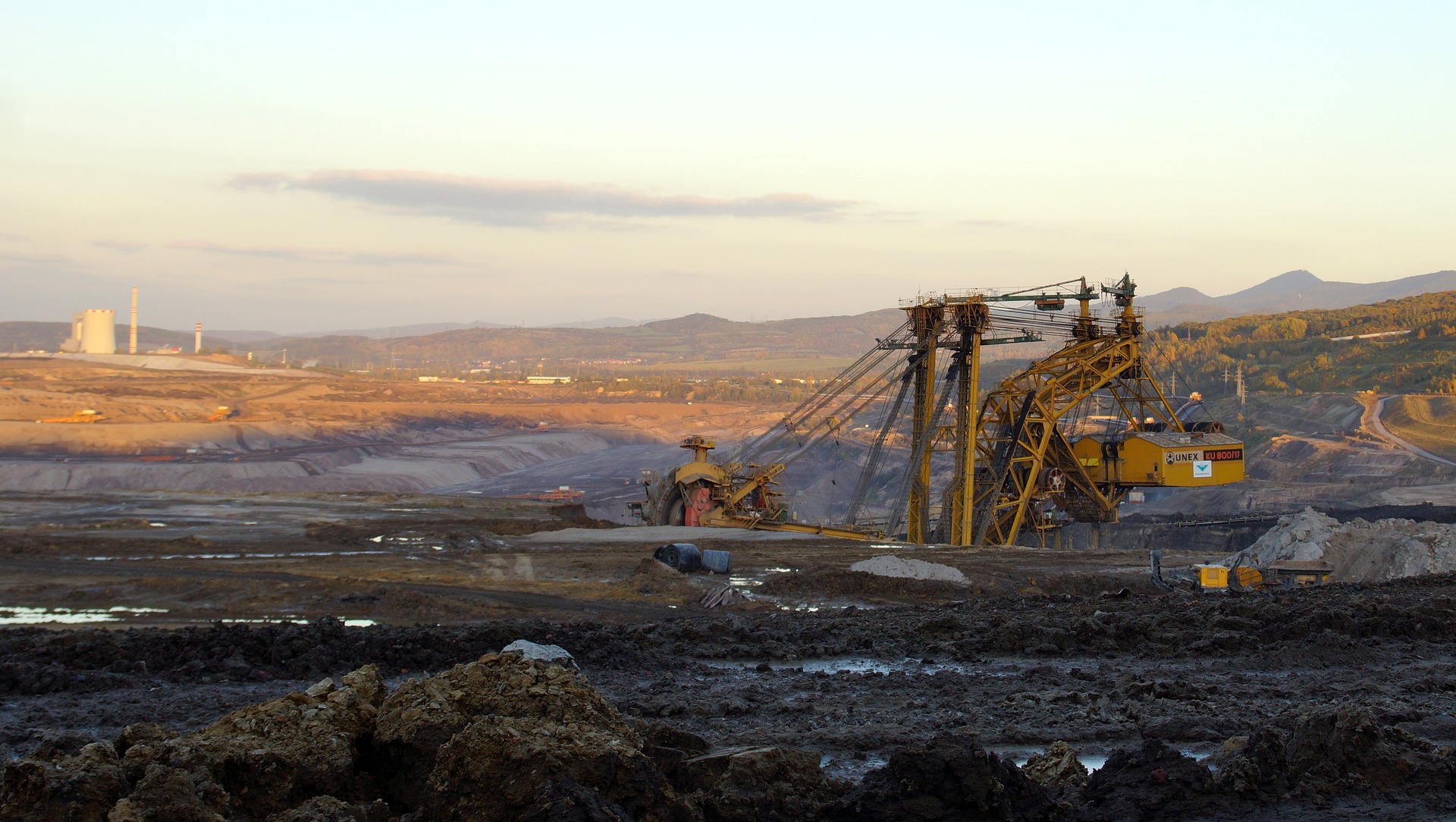
About Decarbonizing Europe
What does the Recovery and Resilience Facility entail?
The European Commission has made available an amount of 723.8 billion euros
to combat the consequences of the corona crisis and make Europe greener, cleaner, and future-proof. All member states have the opportunity to submit plans for disbursement from this Recovery and Resilience Facility.
Who is participating in the Recovery and Resilience Facility?
All the member states of the European Union. All member states? No, The Netherlands has not submitted plans as yet. Although, it became public knowledge at the end of January that hard work is going on behind the scenes in the Netherlands to secure some of those European billions.
What do the member states have to spend the money on?
At least 37 percent of the funding should be used for making their countries more sustainable and 20 percent for digitalization. In addition, there are also other key points:
– Smart, sustainable and inclusive growth
– Social and territorial cohesion
– Public health, economic, social, and institutional resilience
– Policy for future generations
What else is happening?
Apart from that, the EC has identified several so-called flagship areas:
– Power up
– Renovate
– Recharge and Refuel
– Connect
– Modernise
– Scale-up
– Reskill and upskill
What is Innovation Origins planning to do?
Over the next few months, we will be focusing on the implementation of these plans. We will be outlining what each country is doing to reduce CO₂ emissions, and we will be reporting on innovative projects. Infographics will allow you to compare the member states’ efforts with each other.
A crisis like the corona pandemic calls for decisive measures. The EU has freed up €723.8 billion in an effort to use the Recovery and Resilience Facility (RRF) to pull the European economy out of the recession caused by corona. In order to qualify for a share of this large bag of money, member states must submit a plan to the European Commission. In the series Decarbonizing Europe, we put those plans under a magnifying glass.
Sitting between the Balkans and the center of Europe, Slovenia’s position is a strategic one within the EU scenario. The country is covered by thousands of hectares of forest – about two-thirds of its surface – which makes it a major asset in the green transition. Biodiversity conservation and carbon capture have the potential to go hand in hand.
The European Commission approved the Slovenian Recovery and Resilience Plan (RRP) worth €2.5 billion. About €700 million of this budget are loans. How will the plan help the country in its green transition?
According to Jonas Sonnenschein, project manager at Umanotera – the Slovenian Foundation for Sustainable Development – the plan doesn’t tackle the energy transition as much as it should. “Renewable energy is not given enough attention in Slovenia’s RRP. Besides investment in a hydropower plant – which probably won’t even be built because it is located in a protected area – the plan does not involve any other significant renewable electricity projects”.
Another crucial point that the plan misses out on concerns the grid itself. “While there are no problems with the high voltage grid, the capacity of the distribution grid needs to improve,” Sonnenschein stresses.
Hardly any wind power and very little solar power
Looking at the figures from the International Energy Agency – IEA – nuclear, hydropower, and coal are the top three sources of electricity. Solar and wind power accounted for just 2 percent. Wind power plants in particular are hard to install in Slovenia. Over a third of Slovenia’s territory falls under the Natura 2000 protection scheme. Moreover, there are only a few areas with good wind potential.
A European Parliament report underlined that in order to meet the 2030 target of 27 percent share of renewable energy, solar, wind, and wood biomass sources will play a key role.
“Biomass won’t play a major role in power generation. Currently, wood biomass is largely used for heating, especially in rural areas. There, it is a major cause of air pollution. However, there are some examples of good practices. Small-scale district heating systems with good filtering systems, for instance, can make use of local biomass. At the same time, they drastically reduce air pollution. It remains to be seen, however, whether such systems will be attractive enough to outperform the combination of solar energy and heat pumps.”

Economic and polluting burden
IEA figures show that coal generated about 20 percent of the electricity in the country in 2020. Last year, the Slovenian government announced that it will phase out coal by 2033. Block six of the Šoštanj power plant is the main coal-powered plant in the country. A report analyzed the different scenarios for the plant until 2030, forecasting that the plant could generate at losses of up to € 830 million. This is due to high CO2 prices and fuel costs. In light of the analysis, the plant might shut down earlier than the original deadline.
NextGeneration EU
The corona crisis is one of the biggest challenges of our time. The European Union, through NextGenerationEU – the largest recovery plan ever at €806.9 billion – aims to help its member states emerge stronger from the crisis. The Recovery and Resilience Facility (RRF) is at the heart of this plan (€723.8 billion).
The RRF has two goals: first, to pull the European economy out of the recession caused by the corona pandemic. At the same time, it is designed to give an impetus to important investments for the future and measures for rolling out reforms.
All 27 member states have submitted plans. Whether all the money is actually disbursed depends on a final assessment of the projects. For example, countries must spend at least 37 percent of their budgets on climate action and 20 percent on digitalization.
Strategies
Since the appointment of the new government which is led by Prime Minister Robert Golob, a shift in energy policies is expected. Golob used to be the chair – and co-founder – of the state-controlled GEN-I – an energy trading company. According to Umanotera’s project manager, this could change the approach toward energy supply.

He took part in the writing of the Green Recovery Tracker report for Slovenia.
Sonnenschein: “He is an expert where energy trading is concerned and he has a very clear agenda when it comes to the development of solar energy. In that respect, I am more optimistic than a few years ago. But there is still one elephant in the room, nuclear power.”
Slovenia shares the Krško power plant with Croatia. It’s the only reactor in the country, producing – in 2019 – 36 percent of the country’s own electricity. The plant will close by the latest in 2043, while talks are ongoing about building a new one. “There will certainly have to be a referendum, spatial planning procedures, a cross-border impact assessment, and so on. At the moment, I don’t see how new nuclear power can make a significant contribution to short- to mid-term decarbonization” the climate expert adds.
Not enough green spending
The Green Recovery Tracker report for Slovenia – written by E3G, the Wuppertal Institute, and Umanotera – made its own calculations on the proportion of green expenditure in the Slovenian RRP. The analysis showed that only 21% of the budget is devoted to green targets. That is far less than the 37% set by the European Commission.
Moreover, the plan even includes potentially harmful investments such as the financing of natural gas filling stations. “Another investment aims to improve the productivity of SMEs and reduce their climate impact. This could obviously be a good idea, but the first tenders published under this investment section are very disappointing. They are only asking for a 10 per cent improvement in energy efficiency,” Sonnenschein points out.

Overall, the researcher harbors some reservations about the implementation of some of the initiatives included in the plan, as well as the actual set-up of the projects. “The description of several investments in the Slovenian RRP sounds quite green, but their actual contribution to decarbonization will depend on their specific implementation, which we will critically monitor and assess. Moreover, the RRP is only a small piece of the decarbonization puzzle. Other sources of funding and supplementary policy instruments, such as regulation and taxation, will need to be directed towards carbon neutrality,” the climate expert summarizes.
In the picture, the turbine generator of the Krško power plant
Support us!
Innovation Origins is an independent news platform that has an unconventional revenue model. We are sponsored by companies that support our mission: to spread the story of innovation. Read more.
At Innovation Origins, you can always read our articles for free. We want to keep it that way. Have you enjoyed our articles so much that you want support our mission? Then use the button below:

